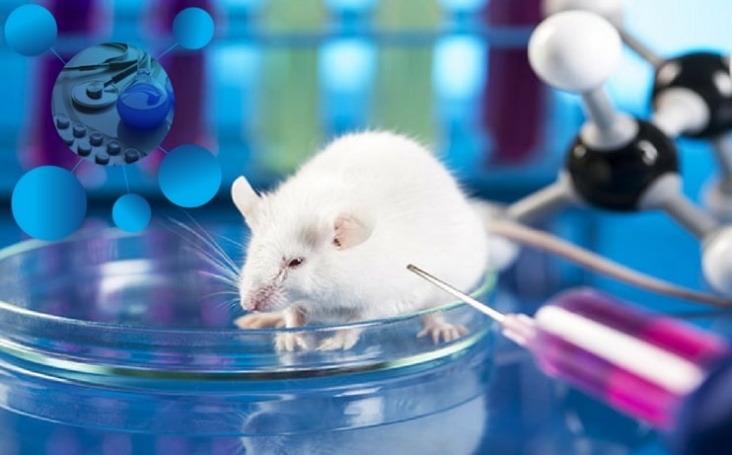GLP toxicity study (tox studies) are crucial in establishing toxicological profiles of new drug candidates before beginning clinical trials. Besides, they also extend the drug profiles of known compounds, for example, for new formulations and routes of administration. Researchers can conduct preliminary toxicology studies in a non-GLP manner. However, data required to support safety and efficacy profiles for human trials must be through GLP toxicity studies.
With the growing importance of toxicity studies, they are now necessary at every stage of drug discovery and development. Early preclinical toxicology data facilitates the drug doses for subsequent human testing. Depending on the phase of a particular clinical trial, the length of toxicological studies may vary accordingly. Toxicological studies consist of three vital stages; acute toxicity, repeated dose toxicity studies, and estimation of first doses. For in-human studies. Let us dive deep into each of these toxicological stages.
Acute Toxicity Study
Generally, acute toxicity data is generated from single-dose toxicity studies using two mammalian species with both parenteral. And clinical routes of administration. Although, short-duration dose-ranging studies or dose escalation studies through MTD in test species. Can also be used to generate acute toxicity data. Besides, toxicokinetic (TK) analyses are performed along with toxicological studies. TK analysis evaluates system drug exposure in animals to establish a relationship. Between the dose and time course in the body.
Moreover, if acute toxicity data is available from other studies, FDA does not recommend a separate single-dose toxicity study. Besides, acute toxicity data can also be restricted to the clinical route only. However, when this restricted data is obtained from non-GLP studies, researchers must support the data through GLP repeated-dose toxicity studies.
Repeated Dose Toxicity Studies In Drug Development
Generally, the therapeutic indication, study durations, and aim of a proposed clinical study dictate the recommended repeated dose toxicity study duration. In principle, animal toxicity study in two mammalian species must equal or exceed the human clinical trial duration. However, for studies demonstrating exceeding therapeutic gain, scientists can extend the duration of repeated-dose toxicity studies on a case-to-case basis.
In the case of clinical development trials, toxicology services can perform repeated dose toxicity studies in two species for a minimum of two weeks. This duration will usually support a clinical development trial of two weeks. However, marketing authorization with more extended nonclinical testing will have an added advantage.
First Doses For In-Human Studies
Estimating initial doses for human trials is one of the most important reasons for GLP toxicology studies. All relevant nonclinical data, including pharmacological/toxicological data, drug response, and pharmacokinetic profile, are considered while determining the first doses for human studies. Generally, the no observed adverse effect level identified in nonclinical toxicology studies gives the maximum amount of information for initial human doses. Besides, the recommended clinical initial dose also depends on several factors, including clinical trial design, properties of the drug molecule, and pharmacodynamic properties. Moreover, irrespective of the data generated from GLP toxicity studies, sponsors must continue with clinical toxicology studies to identify and evaluate safety/toxicity profiles in later stages of drug development.
Read more blogs – Proper News Time



